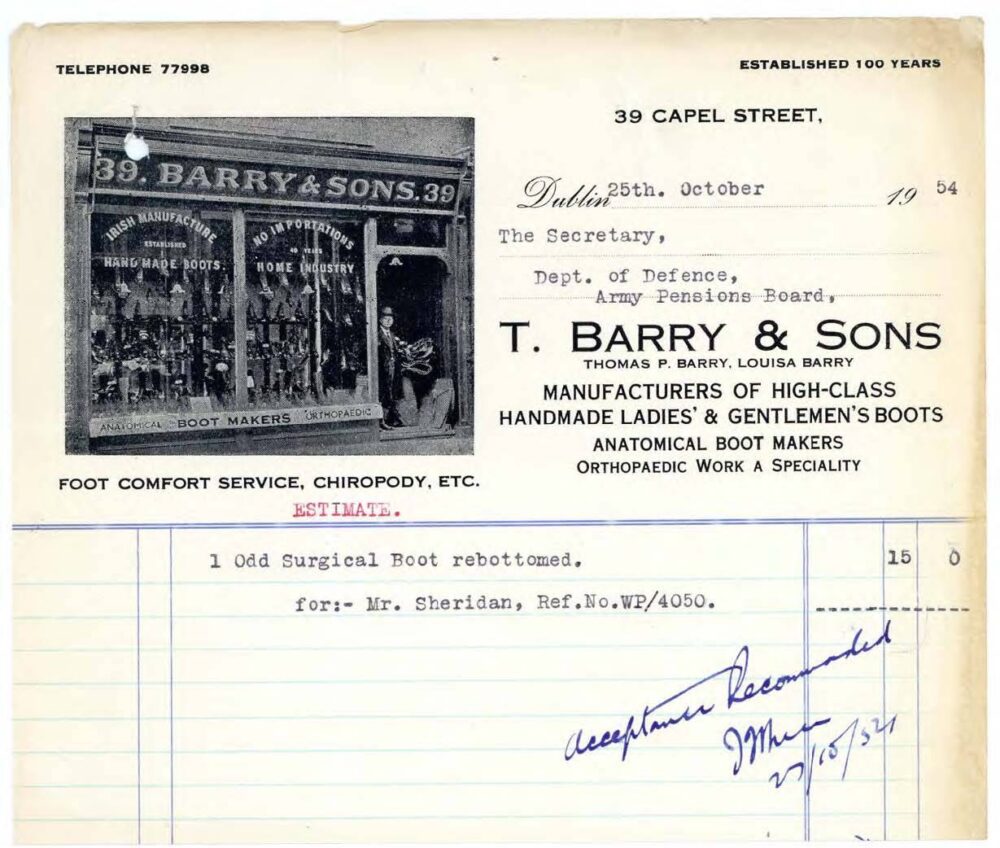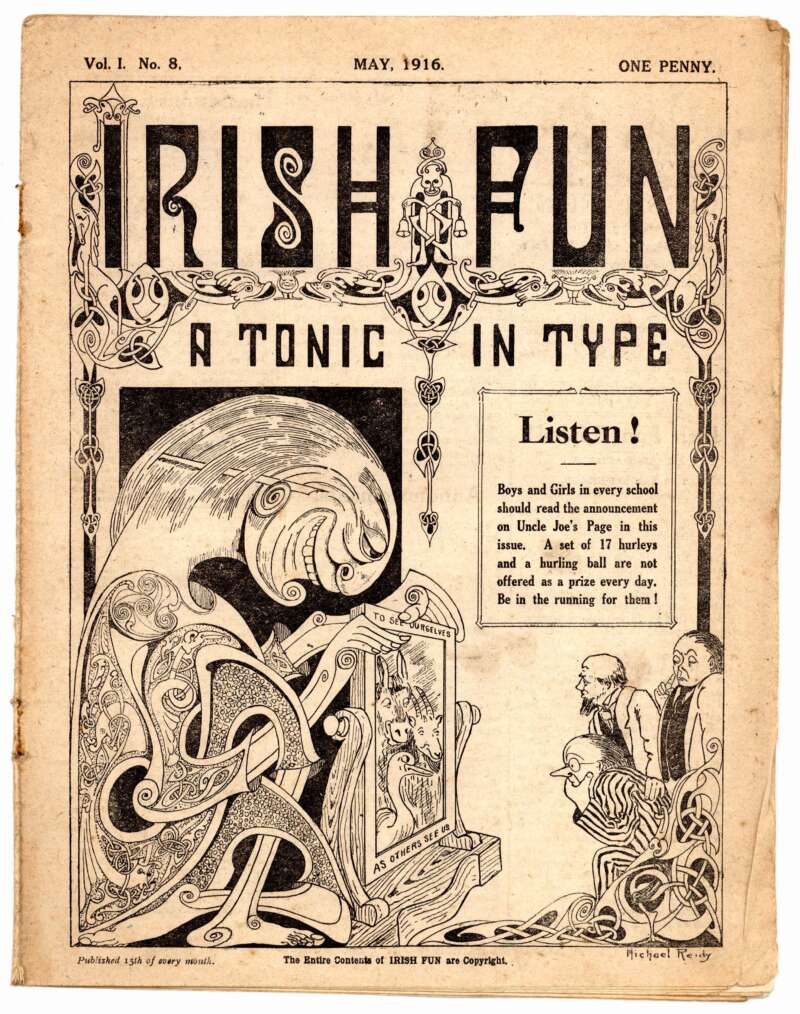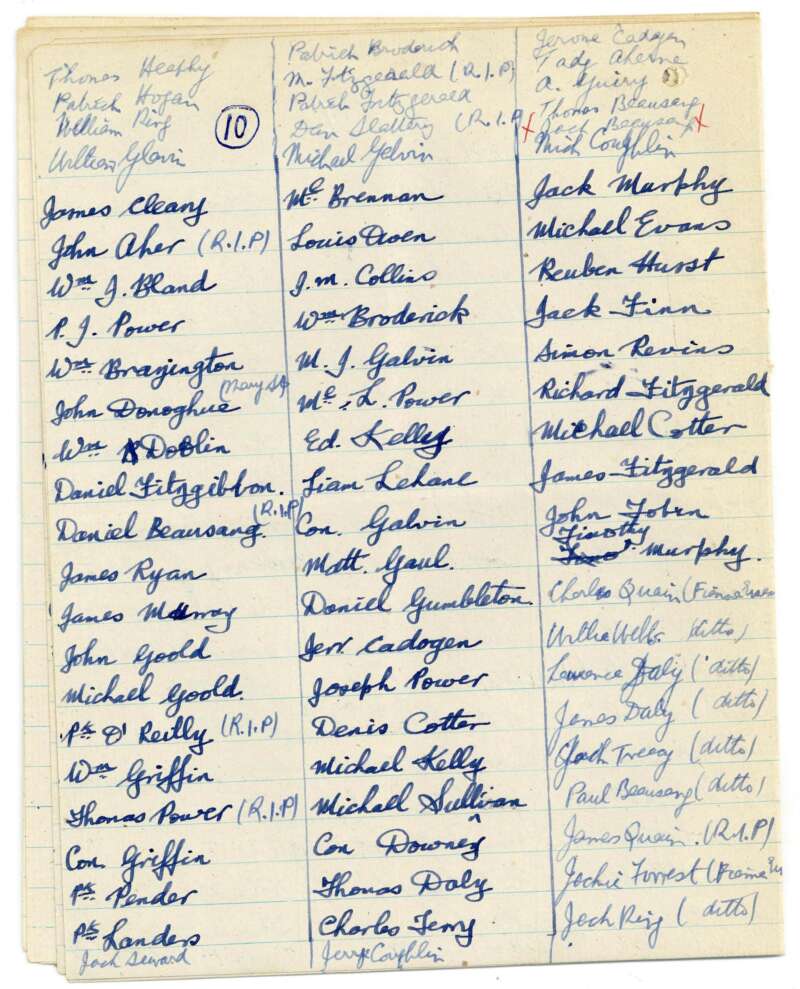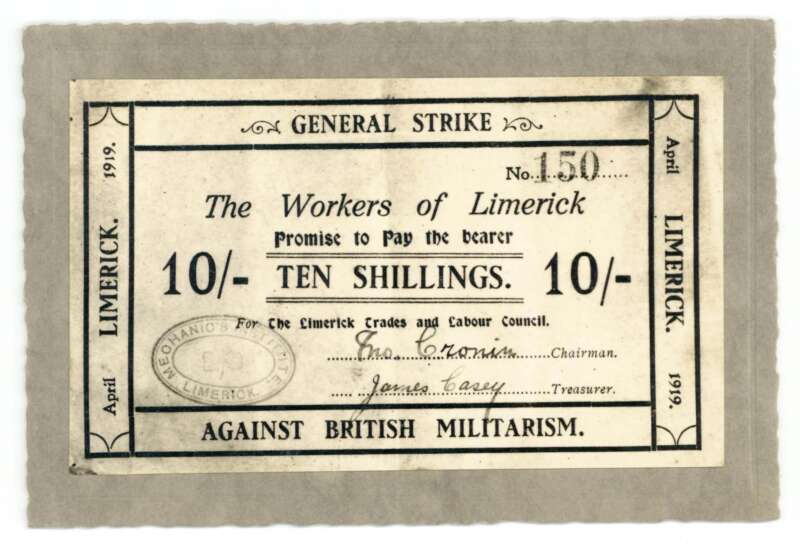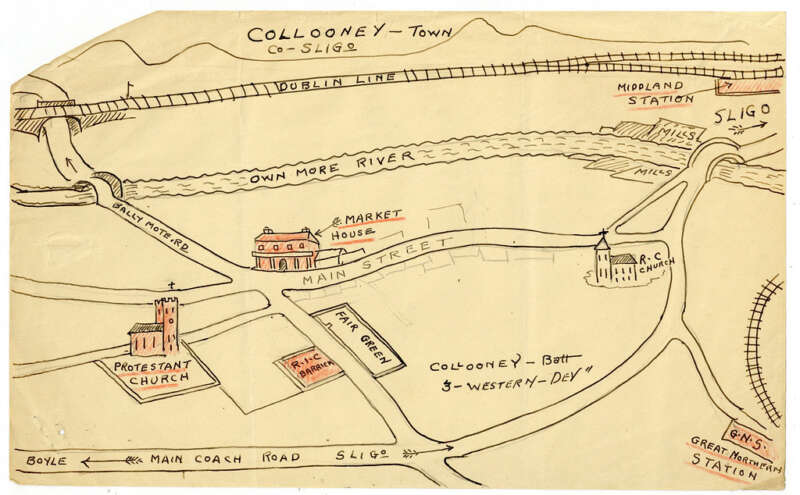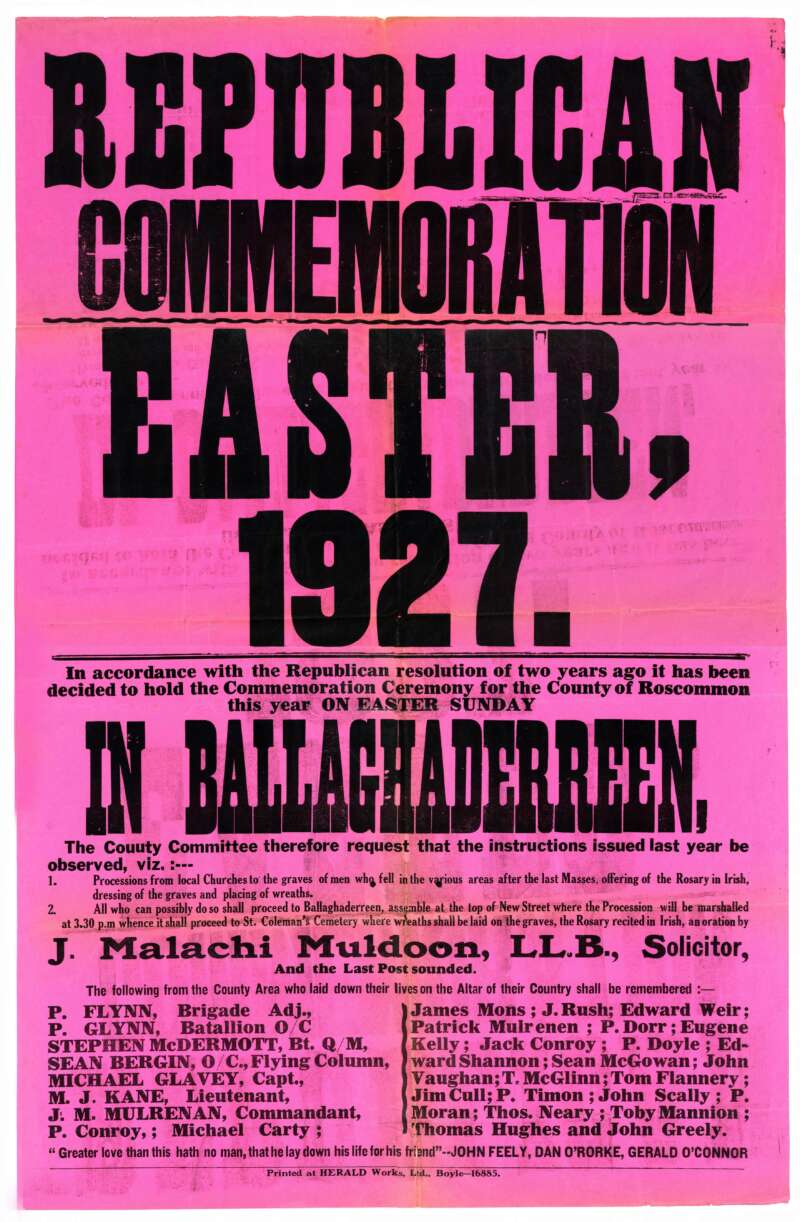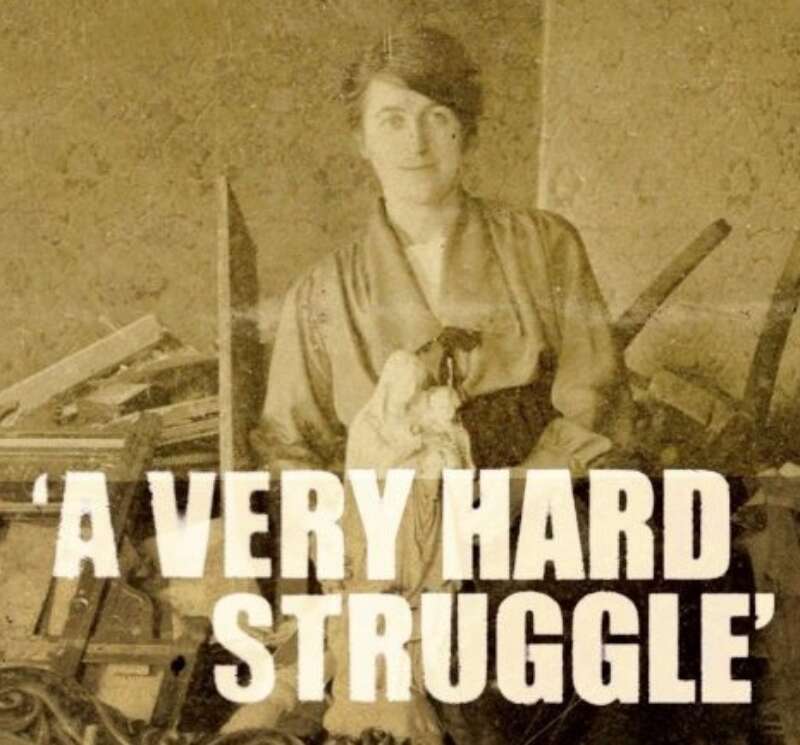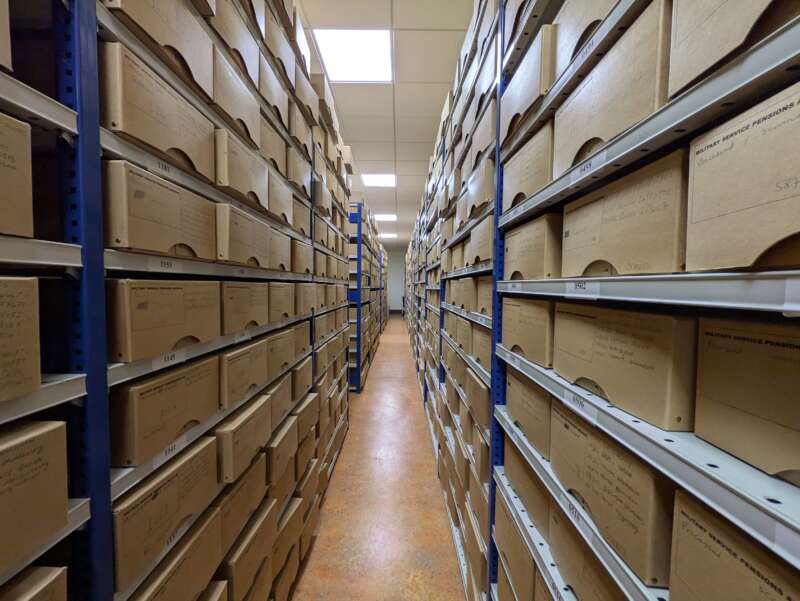Online Collections
- Online Collections
- Maps, Plans & Drawings Collection (1702 - 2007)
- The Irish Volunteer (1914 - 1916)
- Bureau of Military History (1913-1921)
- Military Service Pensions Collection (1916 - 1923)
- The Collins Papers (1917 -1922)
- An t-Óglach Magazine (1918 - 1933)
- Irish Army Census Collection (12 November 1922 - 13 November 1922)
- United Nations Unit Histories (1960 - 1982)
- Oral History Project (20th Century)
- Media Hub (20th Century)
- Image Gallery (20th Century)
- Image Identification Project (20th Century)
Reading Room
- Reading Room
- Uinseann Mac Eoin Collection
- 18th Military Mission
- Air Corps Museum Collection
- Air Defence Command
- Army Equitation School Collection
- The Army Inquiry Committee Papers
- Army Organisation Board
- Chief of Staff Reports to the Executive Council of Dáil Éireann
- Civil War Captured Documents
- Civil War Internment Collection
- Civil War Operations and Intelligence Reports Collection
- Civil War Radio Reports
- Coastal Defence Artillery Collection
- Council of Defence
- Court-Martial Administration Civil War Period
- Defence Forces Annual and General Reports
- Defence Forces Press Cuttings
- Emergency Defence Plans
- Historical Section Collection
- Lookout Post Logbooks
- Military Intelligence and Press Analysis
- Military Intelligence Northern Ireland
- Military Mission/Temporary Plans Division
- Office of the Controller of Censorship
- Civil War Post Master General Reports
- Railway Protection, Repair and Maintenance Corps
- Truce Liaison and Evacuation Papers
- United Nations Operations in Congo
- WWII Unit Journals
- Department of Defence File Series

